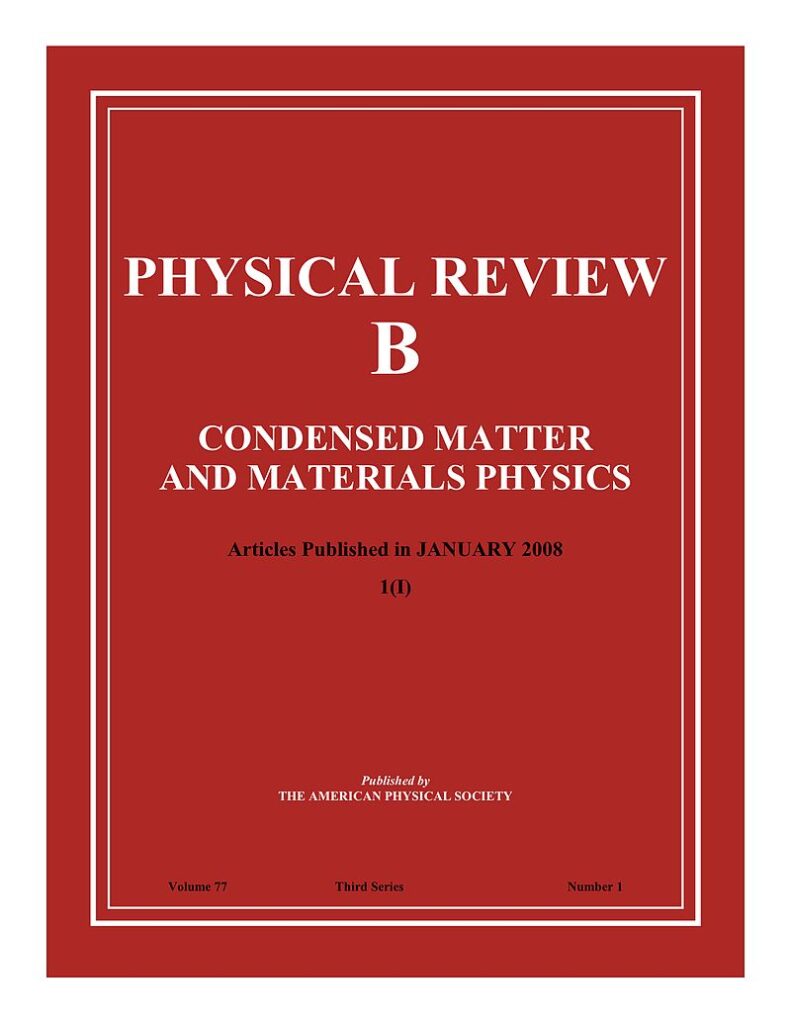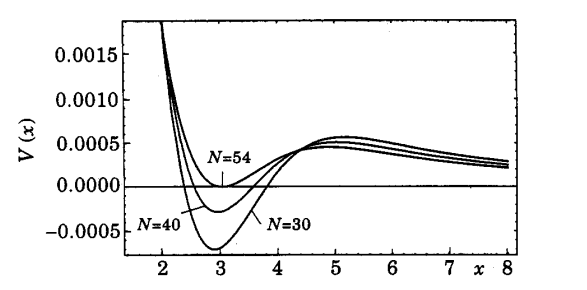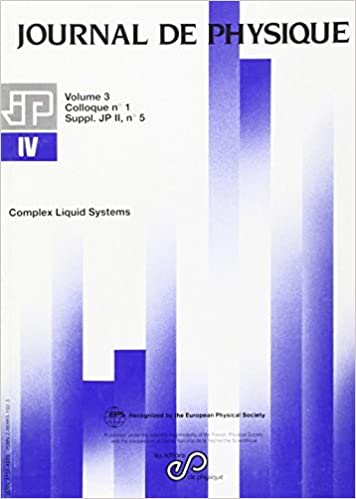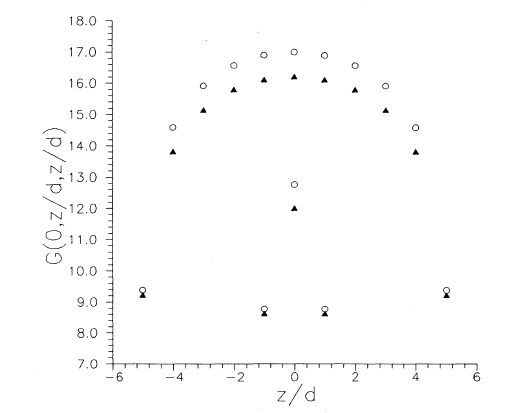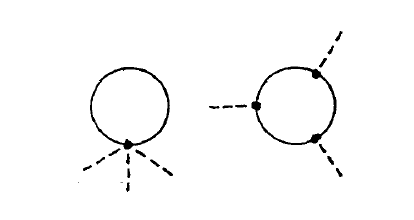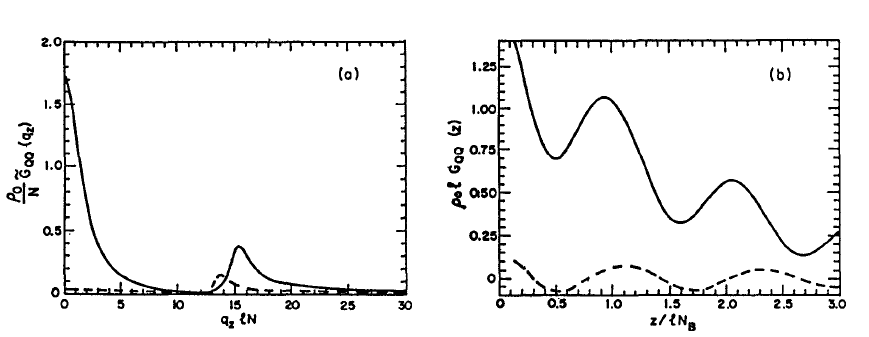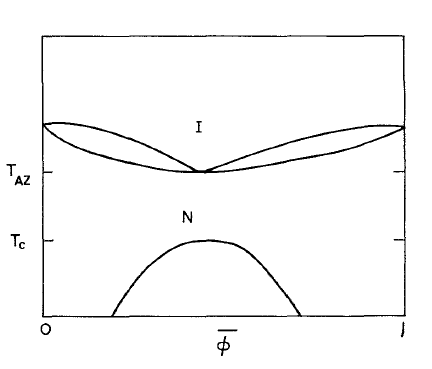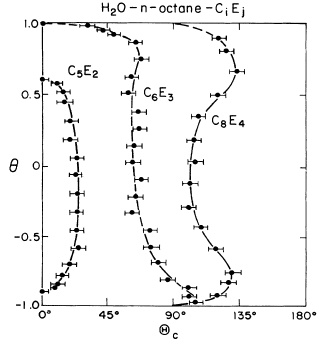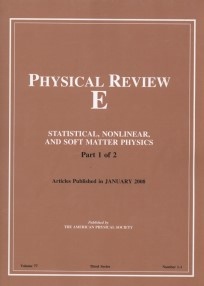
Dislocations in lamellar and liquid crystal films: Equilibrium location, edge profiles, and phase transitions
R. Hołyst and T. A. Vilgis
Phys. Rev. E 1994, 50, 2087
A continuum theory of dislocations is applied to three different problems: edge profiles in thin diblock copolymer films deposited on a solid substrate, equilibrium location of the edge dislocation in lamellar systems near free surfaces, and nematic-smectic phase transition in thin freely suspended liquid crystal films. Because of the surface tension the edge profile at the air/diblock copolymer surface in thin films is very broad. In semi-infinite lamellar systems with small surface tension the dislocation is stabilized at a finite distance from the surface. In smectic films of thickness D the temperature of the unbinding transition for dislocation loops, TN−A(D), is proportional to 1/ √D .


